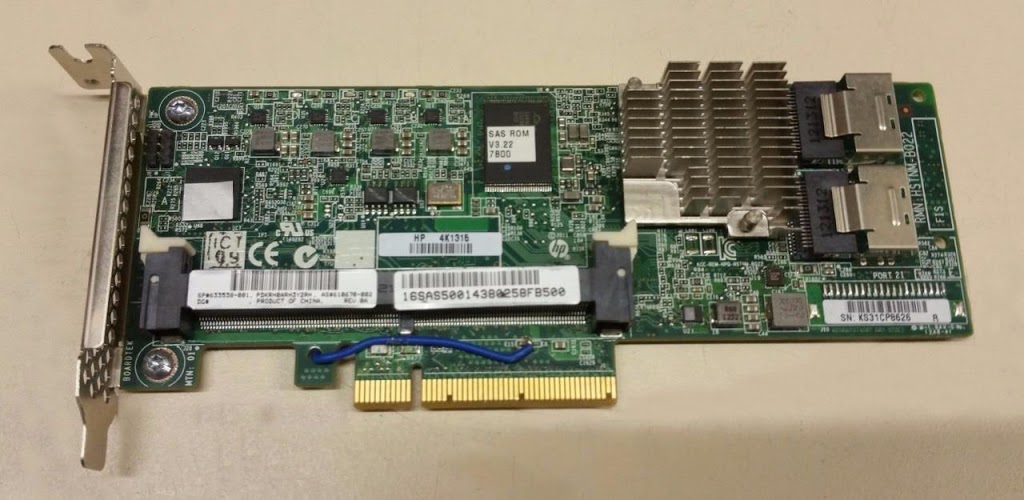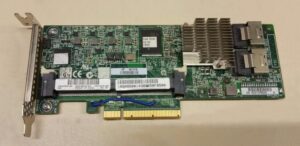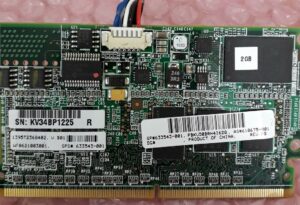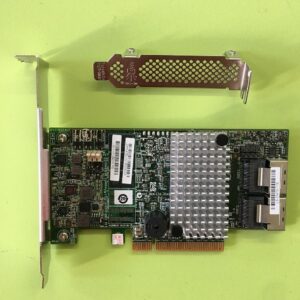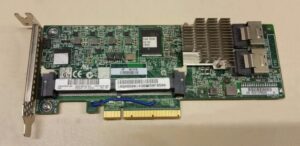As part of my original install I tried a couple of LSI controllers, but while the second one I tried was recognised by the motherboard, it would not boot from a disk attached to it, and it is not officially supported anyway.
I also gave up on having all of the extra disks mounted on top of the server, as the was I was addressing the disks caused them to randomly re-number after each reboot.
I was able to locate some extra RAM and so it now has 16GB which is the maximum the motherboard will address.
I have now after 4 years reached a point where I am running out of space on the media server so it is time for some upgrades.
With regards what I had running on this server, I have since scrapped many of the docker containers and I have migrated the web sites to my new Dell r210 ii, so the media server can now concentrate on a much reduced set of responsibilities: Plex server, and a couple of Minecraft servers for my children.
The 4 x 3TB drives were setup in a Raid 10 configuration under ZFS giving me 5.38TB of space after allowing for the OS, this is now down to less than 1TB free, so I need to consider a storage upgrade.
I have ordered a number of items from eBay: an HP P420 SAS controller (£15.00).
A 2GB Flash Backed Write Cache) FBWC with super capacitor backup (£15.00)
and 4 x 6TB SAS drives (£70.00 each).
The 6TB SAS drives are half the price of what I originally paid for the 3TB drives and are enterprise rated so should be good for being on 100% of the time.
The drive cage on the MicroServer Gen 8 will accept SATA or SAS drives, but the on-board B210i controller is SATA only.
If I attach the 4 bay cage to the HP P420, it should then allow me to use SAS drives instead of SATA.
The HP P420, will be recognised by the iLO and while not officially supported, being an HP product it should allow the server to boot from it, this will allow me to use 2 x 300GB SAS drives in a hardware Raid 10 setup for the boot disks and the 4 x 6TB disks as pass through devices to setup as Raid 10 under ZFS.
If I can’t boot from the 300GB disks via the HP P420, I will use a couple of SATA SSDs instead and connect them to the on-board controller.
This is all well and good for a new build, but I need to save the data that I have on the server already.
My intention is to attach one or more of the new 6TB disks to the HP P420, create a new zpool and copy the data across.
I can then install a new OS on the 300GB SAS drives, install ZFS and import the Zpool.
This will give me a clean install and I can then re-install Docker and just load the images I am actually still using.
So the parts all arrive safely and I install the HP P420, attach a 300GB SAS drive and a 6TB SAS drive to it and boot up the server, go into the HP P420 controller configuration and I only see the 300GB SAS drive!
I swap out the 6TB drive for a second one and try again with same end result.
Some searching on the web later and it turns out that the 6TB SAS drives I have are 4kn drives and are NOT supported on my HP P420 controller, see this article for an explanation.
It turns out that none of my LSI controllers support 4kn drives according to the compatibility list at BitDeals.
Here’s wishing I had known about this incompatibility before I bought the HP P420, ah well live and learn I suppose – I can always sell it on to someone else.
I have now purchased an LSI 9267-8i controller for $18.22 (£13.15) with free P&P from China.
This controller has the 2208 chipset that does support 4kn drives as well as RAID0, 1 and 10.
It remains to be seen if I can boot from this controller and use my 300GB SAS drives for the OS, or if I will need to use some SATA SSD drives connected to the on-board B210i controller instead.
The controller arrived after about 14 days, which was not bad.
Well as luck would have it, this controller sees the 4kn drives, but as 498GB unsupported disks!
I then did loads more searching and was considering a Dell Perc H310, but that was around £80.00 ($110.00) and would also have meant all sorts of extra cables and adapters, totalling nearly the same as the card itself.
I then stubbled across a post on the HP forums about why the HP P840 or HP H240 do not support 4Kn drives in RAID but work for HBA mode.
The HP H240 is a 12Gbps card and in HBA mode simply passes the drives straight through to the OS even though it cannot even see them, just like the HP P420 if you look in the disk configuration utility.
I purchased an HP H240 HBA card for £26.00 ($36.00) from an Ebay in Lancashire.
This arrived by next day delivery and was installed in the Microserver and sure enough a 6TB 4Kn drive was visible to the OS!
Finally I could move forwards with the upgrade.
I attached 2 6TB disks to the HP H240 HBA and configured them as a new zpool of 10.9TB in size.
Next I used zfs send/receive to copy all of the data from the existing zpool to the new one – I take snapshot backups of all the file systems on a nightly basis so I can just pick which snapshot to use for the transfers.
The transfers were averaging around 1.46Gbps – a 2.55TB file system transferred in just over 3 hours 58 minutes.
I then saved a load of configuration information (passwd, shadow, group, sudoers, crontabs, etc) onto the new disks before shutting the server down and removing all the disks.
I attached my 2 x 300GB SAS drives and mounted an Ubuntu ISO via the remote console and installed a new OS using software RAID onto the disks.
After the install had completed and successfully booted, I installed the zfs software, shut down the server swapped the disk caddies over, installed the 4 x 6TB SAS drives in the bays at the front of the Microserver and moved the SFF-8087 connection from the B210i connection on the motherboard to the HP H240 HBA.
After booting up I was able to import and rename the new zpool and re-install docker and zabbix.
Finally I attached the remaining 2 x 6TB disks as mirrors.
After all the drama over the disk controllers, the upgrade itself was simple by comparison with no issues.
